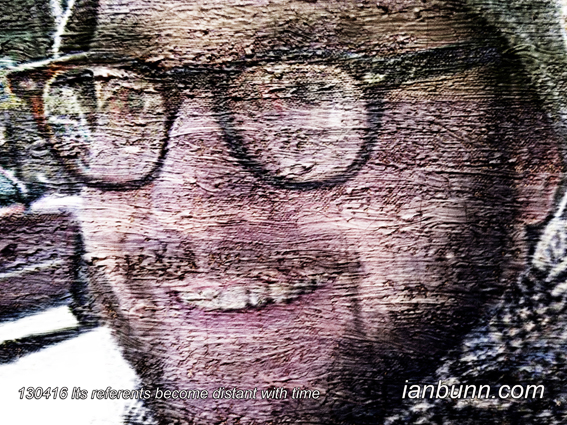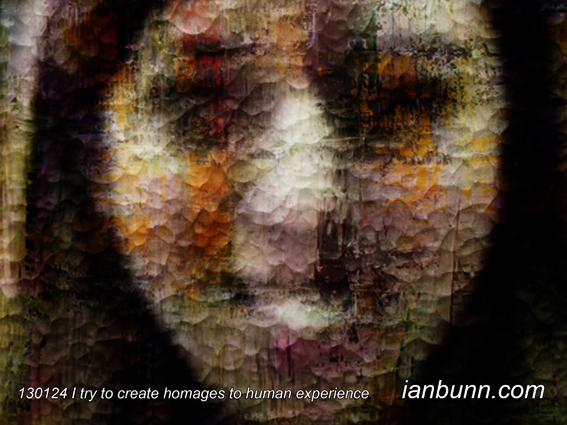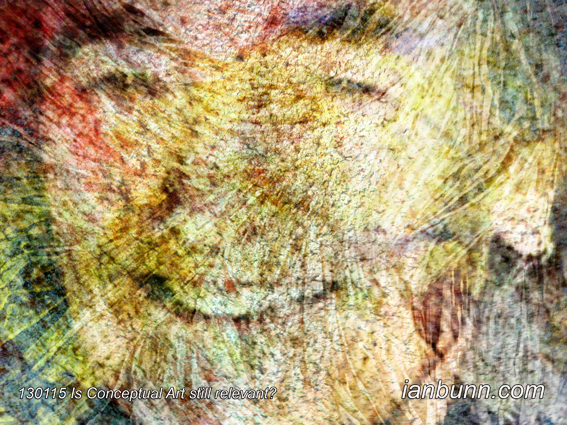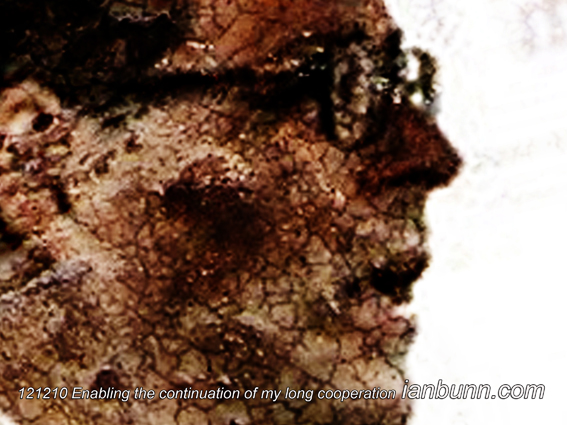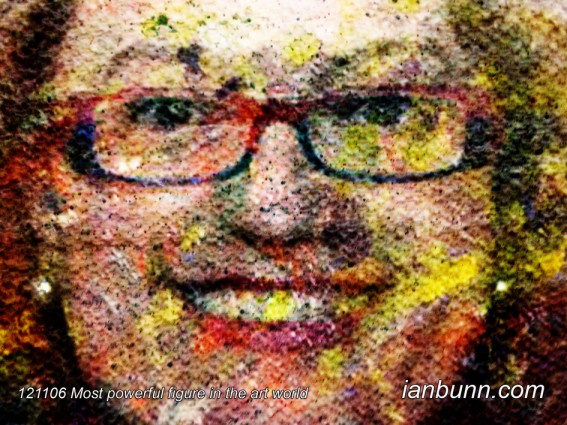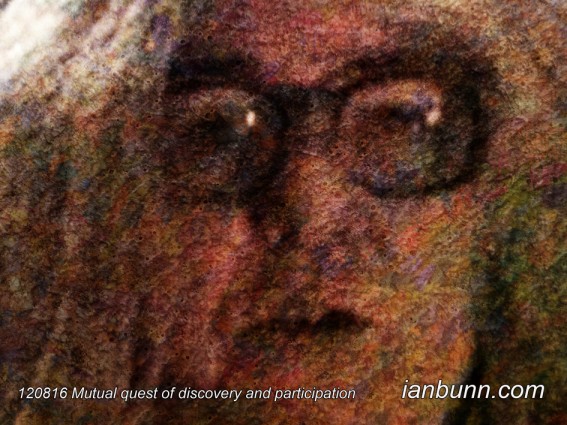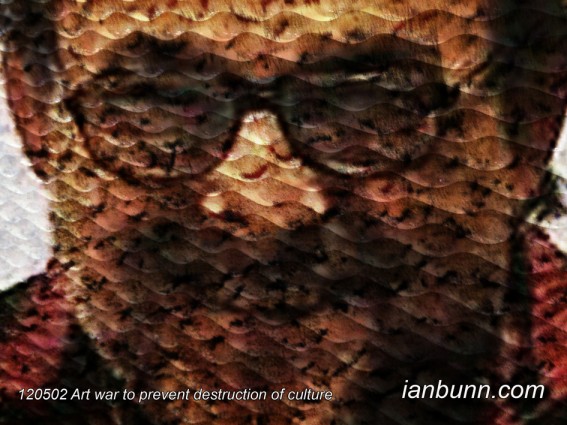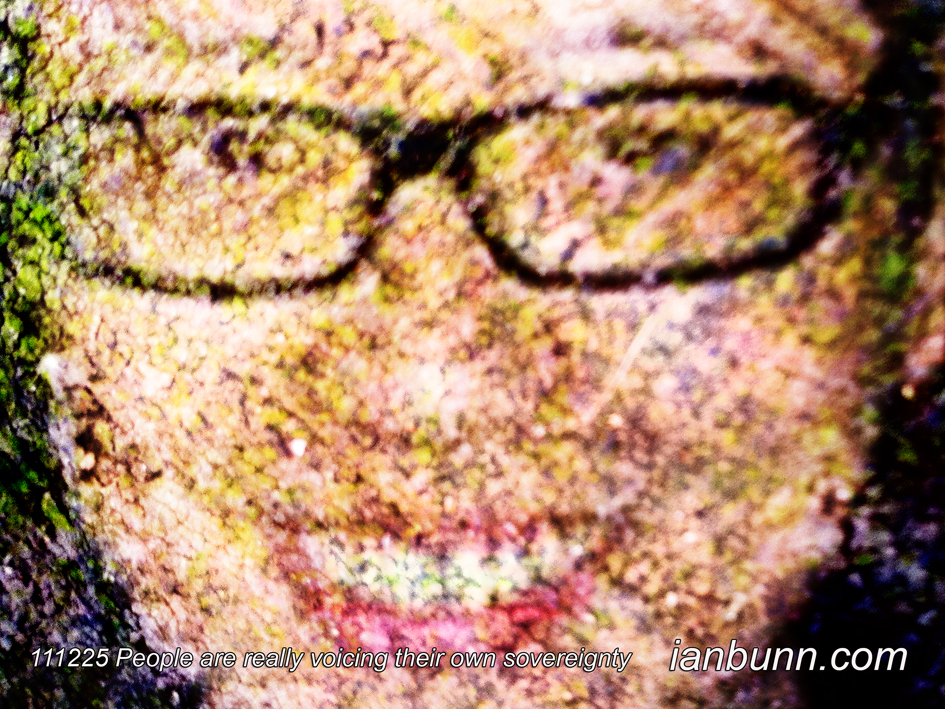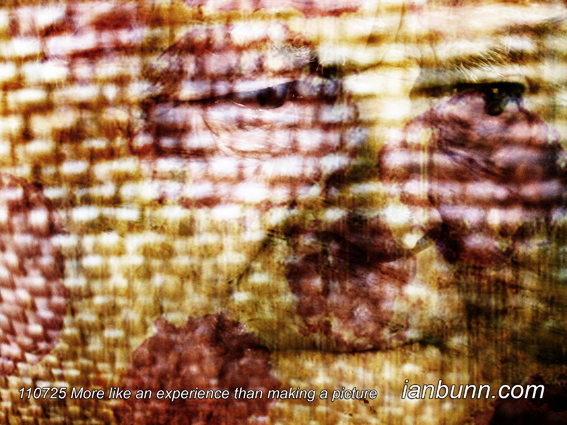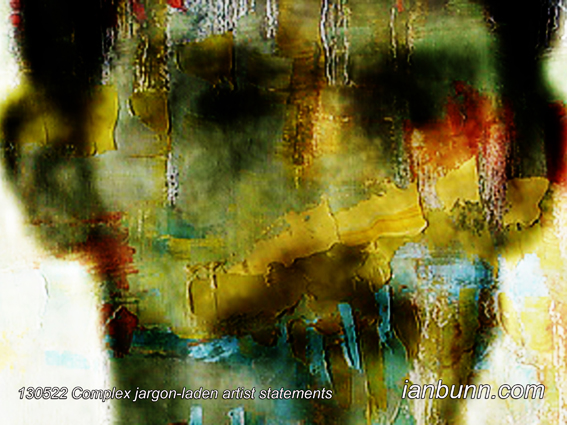 Complex jargon-laden artist statements (May 22 2013)
Complex jargon-laden artist statements (May 22 2013)
Daniel Campbell Blight the British writer and curator with a specific interest in the history and theory of photography, and cultural media studies, has published an article in the Guardian titled ‘Writing an artist statement? First ask yourself these four questions’. Blight states “…You can find preposterously complex, jargon-laden artist statements on the websites of galleries and pop-up project spaces all over the English-speaking world. If you don’t believe me, join the e-flux mailing list. I regularly visit such exhibition spaces in London and beyond, and read – with total, dulling indifference – the often pompous ramblings of what Alix Rule and David Levine call International Art English. This is a dialect of the privileged; the elite university educated. If you can’t write it effectively, you’re not part of the art world. If you’re already inside but don’t understand it, you’re not allowed to admit it, or ask for further explanation. This kind of rhetoric relies on everyone participating without question. To speak up would mean dissolving the space between inside and outside: quite literally, the growing boundary between the art world and the rest of society. …The funny thing is, the chat you actually hear at a gallery opening rarely uses this language. …The vocabulary of artspeak is not without meaning, but it has a specific place. Academia is only one part of the art world. My dislike is not for the language of artspeak, more the effect it has on the art industry in its ability to engage with a wider audience. Not to mention what such language does to the reputation of writing in the arts, as well as the wider practice of writing itself. Writing about your work should be an open and compelling activity, not a labyrinthine chore.”
Inspired by Daniel Blight, The Guardian ow.ly/kuGnt Image source Twitter ow.ly/kuFEd
